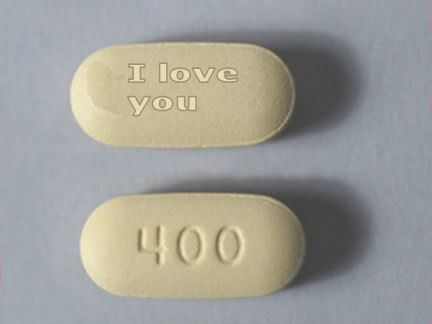Lithium Builds Gray Matter In Bipolar Brains, UCLA Study Shows email to a friend printer friendly view / write opinions rate article Neuroscientists at UCLA have shown that lithium, long the standard treatment for bipolar disorder, increases the amount of gray matter in the brains of patients with the illness. Carrie Bearden, a clinical neuropsychologist and assistant professor of psychiatry at UCLA, and Paul Thompson, associate professor of neurology at the UCLA Laboratory of Neuro Imaging, used a novel method of three-dimensional magnetic resonance imaging (MRI) to map the entire surface of the brain in people diagnosed with bipolar disorder. In this study, Bearden and colleagues at UCLA used computer analysis to analyze brain scans collected by collaborators at the University of Pittsburgh in order to determine whether bipolar patients showed changes in brain tissue and, if so, whether those changes were influenced by lithium treatment. Specifically, they employed high-resolution MRI and cortical pattern-matching methods to map gray matter differences in 28 adults with bipolar disorder - 70 percent of whom were lithium-treated - and 28 healthy control subjects. Detailed spatial analyses of gray matter distribution were conducted by measuring local volumes of gray matter at thousands of locations in the brain. Bipolar Disorder: Lithium TreatmentOther search tools:Symptoms|Doctors|Hospitals Lithium (brand names Eskalith, Lithobid, Lithonate, and Lithotabs) is the most widely used and studied medication for treating bipolar disorder. Lithium helps reduce the severity and frequency of mania. It may also help relieve bipolar depression.It usually takes one to two weeks for lithium to begin working. Your doctor will want to take regular blood tests during your treatment because lithium can affect kidney function. Lithium works best if the amount of the drug in your body is kept at a constant level.
BIPOLAR LITHIUM
side effects of lithium
